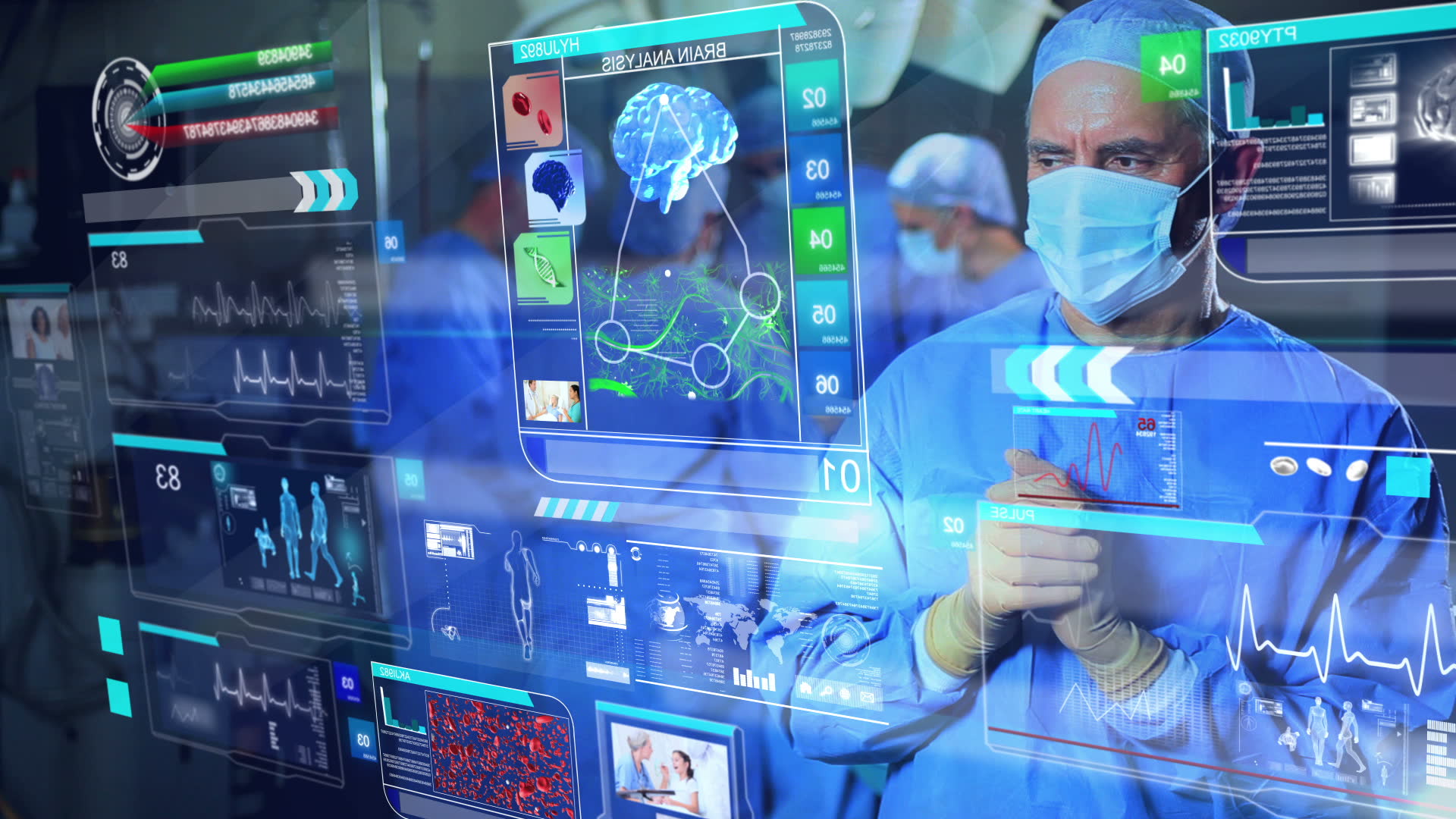Healthcare tech innovations could save lives

With an increasingly ageing society, there are more elderly people that are trying to live independently, but this is very difficult if they are not in good health. However, there is a range of gadgets and innovative products that can help to monitor health and well-being in the elderly.
Sir Bruce Keogh, the medical director of NHS England, is calling for more technological innovation when it comes to care for the elderly, whether they are residing in a care home or living independently. The thought that elderly people could have a mobile phone that monitors their breathing rate and makes a GP appointment for them is not actually science fiction any longer.
Innovation on this scale could help the NHS to deal with the ever-increasing cost of healthcare, the increasing demand for services and the issue of staffing levels – all of which are putting pressure on the health service. The use of technology could help efficiency and even has the potential to help to save lives.
The focus on developing technology such as this has evolved with the knowledge that smartphones now play a huge role in daily life. The NHS has struggled in the past to keep up with other industries when it comes to technological innovation, but healthcare can now be developed to work with the way that people live. However, there are some concerns about this new technology. Some feel that rushing it into use could bring along worries about data security.
This type of technology can be used to monitor a person’s lifestyle, and it can help to keep track of diet and medications. Wearable technology is perfect for this, and the Diabetes Digital Coach is just one example. This gadget is designed to help people to manage their condition much more efficiently. Other technology involves using small pads to monitor heart function and then instantly transferring this data to the patient’s medical records.
Smartphones and similar gadgets can also be used to locate information that the patient needs. This promotes access to better and clearer information on sites such as NHS Choices so that patients are more aware of the implications of their conditions and can therefore self-manage them much more easily. A new site is being trialled that will automatically send information to the phones of diabetes sufferers so that they are fully informed at all times.
In the environment of a nursing home, programmes such as a telemedicine can be implemented. The residents can have a consultation with their doctor via video link, and the doctor can access and update medical records as needed. A trial project has cut the number of elderly dying in hospital and has saved money, as there are fewer A&E visits. Care homes can also make use of the Internet of Things. There are devices that can be attached to appliances in the home such as the kettle, so the alarm can be raised if the resident fails to use them as expected. Leading care home providers like Peverel Court Care are already embracing technology and introducing WiFi in their homes. Peverel Court Care encourages its residents to make use of technology, by hosting computer classes to help residents to use Skype and FaceTime to communicate with their relatives, though most care homes still have a long way to go before they fully embrace digital advances.
